At Kreamer Feed, we’ve been producing high-quality livestock and poultry feed since 1947, and if there’s one thing we’ve learned from decades of experience, it’s this: feed safety isn’t optional. It’s the foundation of animal health, productivity, and long-term farm success.
As a trusted, family-owned manufacturer and one of the first in the country to specialize in organic poultry and livestock feed, we know that mold prevention and contamination control are critical parts of every successful feeding program. Contaminated or poorly stored feed can lead to nutrient loss, livestock illness, and even mortality in severe cases. That’s why proactive practices are non-negotiable, for us and for the farmers who count on us.
Let’s explore how you can put feed safety first by understanding the threats of mold and mycotoxins, and what you can do to protect your animals and feed investment.
Why Mold and Mycotoxins Are a Big Deal
Mold in animal feed isn’t just unappealing, it can pose serious health risks. Under the right conditions, certain molds can produce mycotoxins, which are toxic chemical byproducts that can harm livestock even at low concentrations.
It’s important to note that mold and mycotoxins are related but not the same:
-
Mycotoxins can be present even when no visible mold is seen, and
-
Mold can exist without producing mycotoxins.
Both should be avoided, as each can affect feed quality and animal health.
Mycotoxins can lead to a range of symptoms, including digestive disturbances, weakened immune function, reduced feed intake, slower weight gain, reproductive issues, and, in severe cases, organ damage or death.
Once feed becomes contaminated, mycotoxins are extremely difficult, often impossible, to remove. That’s why the most effective strategy is prevention: maintaining proper handling, storage, and ingredient control from start to finish.
Where Contamination Begins
Contamination can occur at multiple points along the supply chain, from the field to the feed bin. While poor handling and storage can promote mold growth, most mycotoxin contamination begins before harvest, due to adverse environmental or weather conditions while grains are still growing.
At Kreamer Feed, we take this seriously. We screen every incoming grain load for mycotoxins before unloading it into our facility. If any load exceeds our threshold limits, it’s rejected immediately and replaced with one that meets our strict safety standards.
Beyond ingredient testing, we maintain rigorous handling and sanitation controls throughout production to minimize the risk of both mold and mycotoxins. From clean storage conditions to moisture control, every step of our process supports feed safety and nutrient integrity.
Practical Tips for Feed Safety and Mold Prevention
Here’s how you can take steps on your farm to safeguard feed from mold, mycotoxins, and contamination:
1. Keep Feed Fresh and Well-Handled
At Kreamer Feed, we don’t rely on mold inhibitors. Instead, we prioritize good handling practices and make feed fresh with every delivery, reducing the chance for mold to develop during storage. Fresh feed is always safer feed.
2. Practice Safe Feed Storage
Follow these proven safe feed storage tips:
-
Store feed in a cool, dry, well-ventilated area.
-
Keep bins and containers sealed tightly to prevent moisture and pests.
-
Inspect regularly for leaks, condensation, or caked feed.
-
Rotate stock so older feed is used first.
-
Avoid storing feed directly on concrete floors, where temperature shifts can cause condensation.
Even the highest quality feed is vulnerable if storage conditions are poor. A little prevention goes a long way.
3. Keep Equipment Clean
Residue buildup in feeders, bins, or augers can attract moisture and harbor mold. Clean equipment regularly and inspect it for wear, rust, or compromised seals that may let moisture in.
4. Consider Mycotoxin Binders
Even with preventive screening, trace levels of mycotoxins can occasionally make their way into feed ingredients, especially in high-risk crops or seasons. Mycotoxin binders are feed additives that bind to mycotoxins in the animal’s gastrointestinal tract, preventing absorption so toxins are safely excreted.
These can serve as an extra layer of protection for more sensitive species such as swine or poultry.
5. Work with a Trusted Feed Partner
At Kreamer Feed, we stand behind our products with transparency and decades of expertise. We’re committed to feed safety, not just in how we manufacture, but in how we help our customers manage feed on their farms.
Choose Clean, Safe Feed from Kreamer Feed
Feed safety isn’t just part of our business, it’s part of our promise. At Kreamer Feed, we’ve seen how critical feed safety mold prevention is to raising healthy animals and supporting healthy farms.
Our commitment is simple: quality feeds, honest partnerships, and the expertise to help you prevent problems before they start.
From our family to yours, thank you for trusting Kreamer Feed. When you choose us, you’re choosing a legacy of care, integrity, and feed you can rely on every time.





0 comments